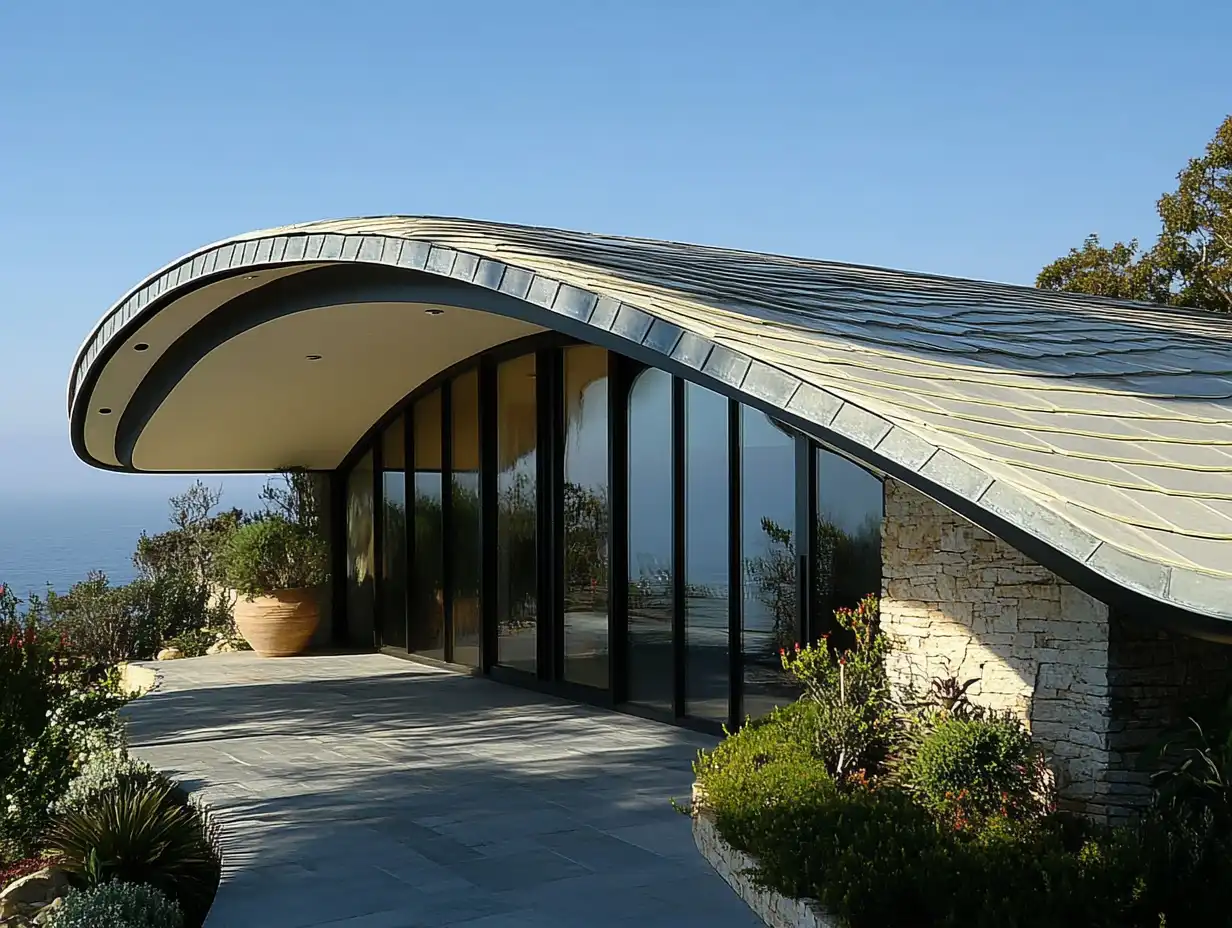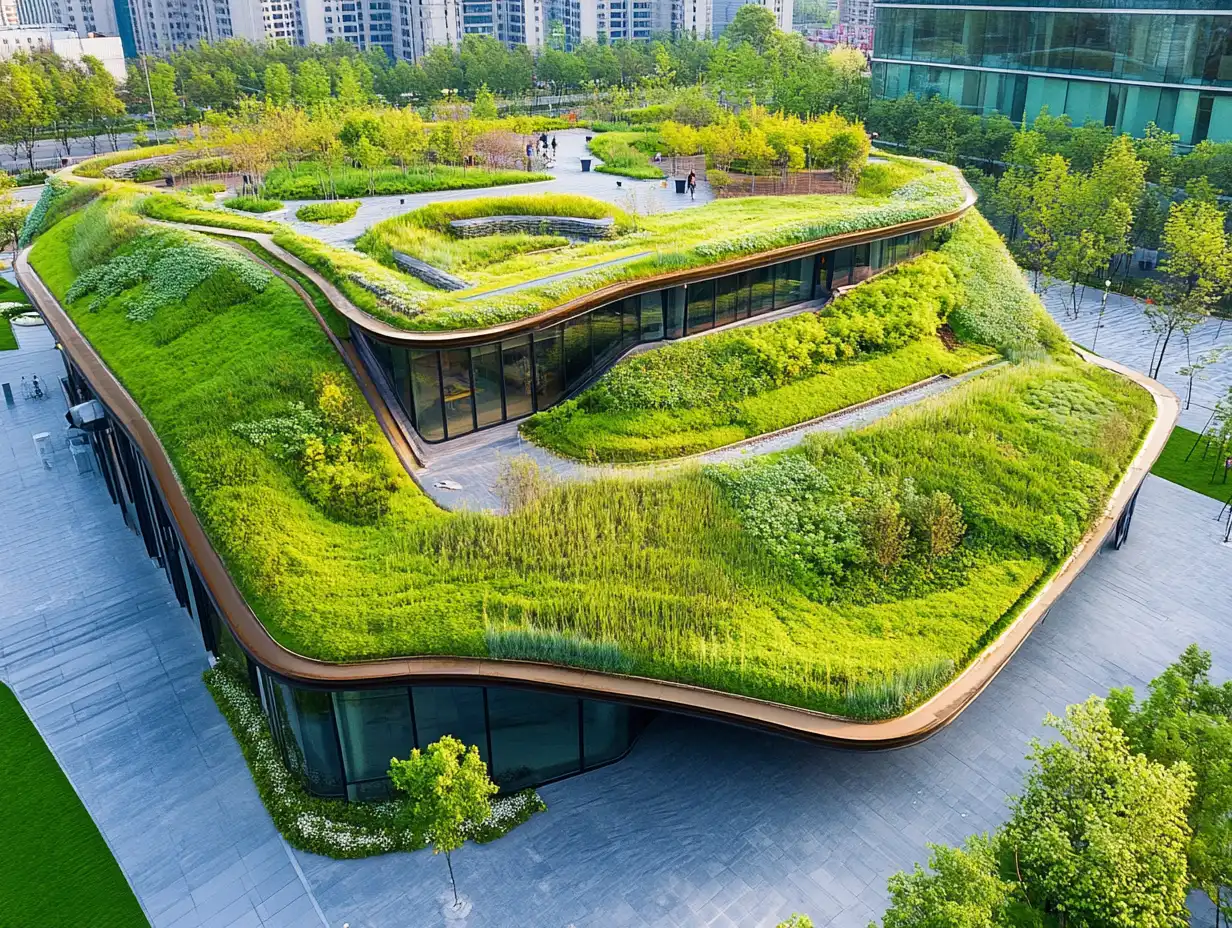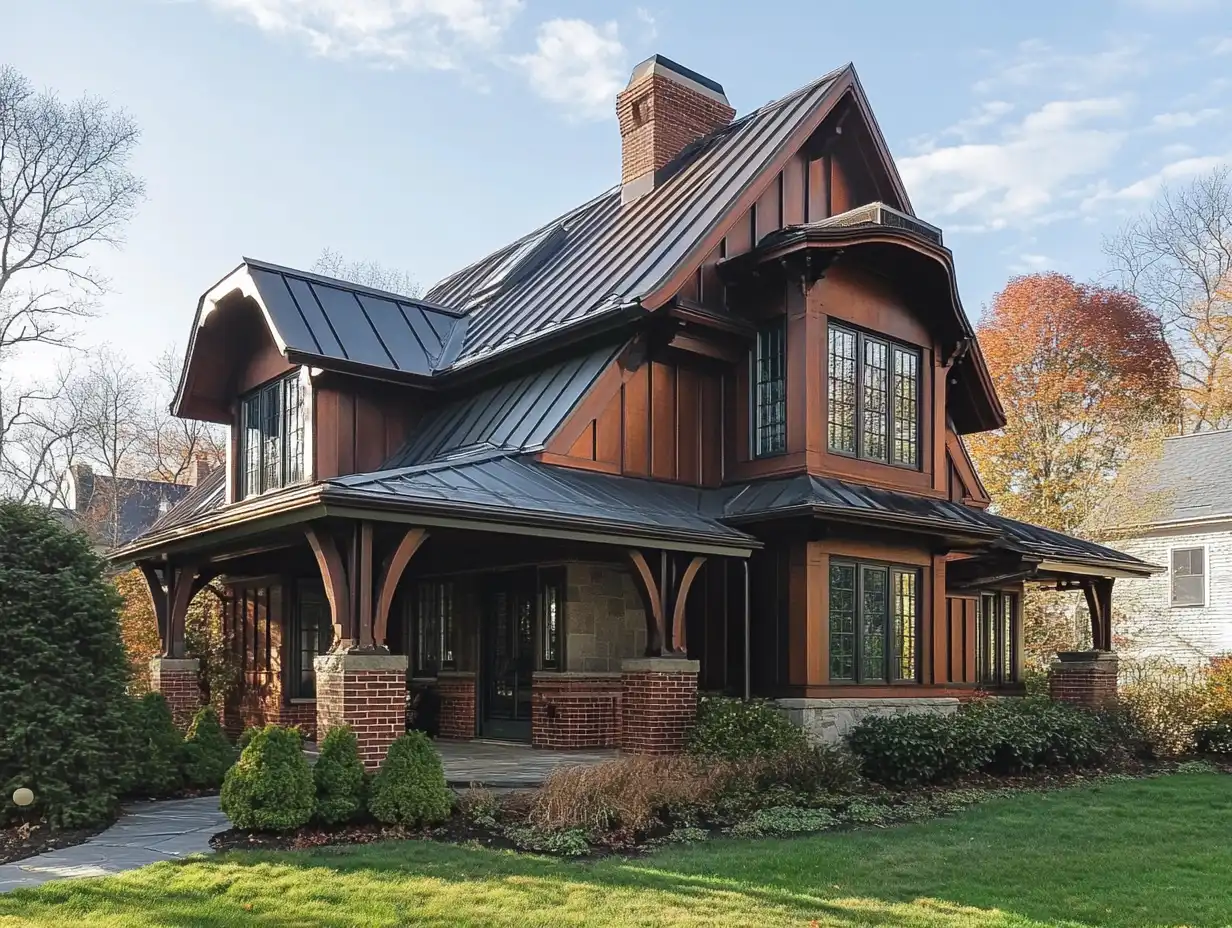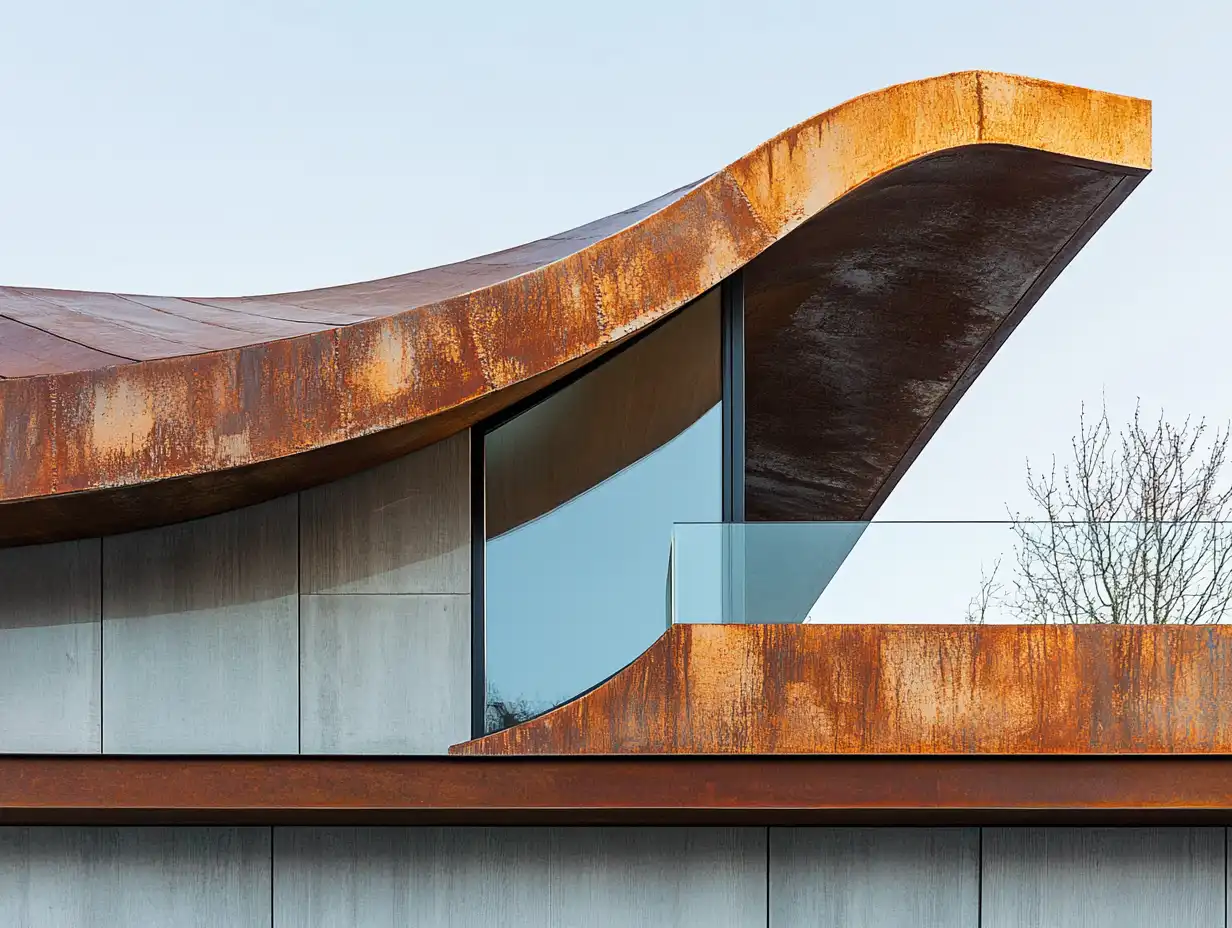When it comes to building design, roofing systems play a crucial role in both functionality and aesthetics. Architectural roofing systems go beyond basic protection—they’re designed to enhance a structure’s overall look while offering durability and energy efficiency. These systems combine innovative materials and techniques to meet the demands of modern construction.
As we explore architectural roofing, we’ll uncover how these systems are engineered to balance form and function. From sleek metal designs to eco-friendly green roofs, the options are vast and tailored to various architectural styles. Understanding these systems helps us make informed decisions that align with our project’s vision and needs.

What Are Architectural Roofing Systems?
Architectural roofing systems combine functionality with design to protect buildings while enhancing their visual appeal. These systems include advanced roofing solutions that use modern materials, precision engineering, and innovative designs to ensure long-term performance and aesthetic value.
They serve various purposes, such as providing weather resistance, improving thermal insulation, and contributing to energy efficiency. For example, metal roofing systems offer durability and reflect heat effectively, while green roofs support sustainability by reducing urban heat islands and promoting biodiversity.
Innovative materials like standing seam panels, photovoltaic shingles, and clay tiles form key components of these systems. Their design flexibility allows integration into diverse structures, meeting both technical and creative objectives.
Architectural roofs cater to residential, commercial, and industrial buildings, addressing distinct needs. For instance, low-slope roofs in commercial settings differ from steep-slope roofs in residential homes due to their functional and structural demands.
Types Of Architectural Roofing Systems
Architectural roofing systems offer diverse options to meet structural, functional, and aesthetic requirements. These systems vary in materials, designs, and applications, catering to specific building needs.

Shingle Roofing Systems
Shingle roofing systems use overlapping asphalt, wood, or slate shingles for durability and visual appeal. Asphalt shingles dominate residential construction due to their affordability and weather resistance. Slate and wood shingles, though pricier, enhance traditional and natural aesthetics. These systems perform well on pitched roofs, ensuring proper water drainage.
Metal Roofing Systems
Metal roofing systems feature durable materials like aluminum, steel, and copper, which provide excellent longevity and energy efficiency. Standing seam panels, a popular choice, create a sleek, modern appearance and improve insulation. Metal systems resist extreme weather conditions, making them suitable for both residential and commercial structures.
Flat Roof Systems
Flat roof systems are predominantly used in modern commercial buildings and can include materials like PVC, EPDM, and TPO membranes. These systems maximize usable roof space for equipment or recreational areas. Proper installation and drainage solutions are critical to avoiding water pooling, as flat roofs lack natural slope.
Green Roof Systems
Green roof systems integrate vegetation layers over waterproof membranes to provide eco-friendly roofing solutions. These roofs improve thermal insulation, support stormwater management, and reduce urban heat islands. Extensive green roofs focus on lightweight vegetation, while intensive systems allow for larger plants and amenities like walkways or seating areas.
Key Features And Benefits
Architectural roofing systems offer practical and aesthetic advantages that enhance building performance and appearance. They address durability, energy efficiency, and visual appeal.

Durability And Longevity
Architectural roofing systems are designed to withstand harsh weather conditions, including heavy rain, snow, and high winds. Materials like metal, clay tiles, and composite shingles resist wear and corrosion, ensuring roofs last 20-50 years, depending on material type. Advanced installation techniques and waterproofing components further reinforce structural integrity.
Aesthetic Appeal
These systems provide extensive design options to complement various architectural styles. Metal roofs can feature standing seam panels in modern designs, while slate shingles or clay tiles suit traditional aesthetics. Custom colors, textures, and patterns enhance curb appeal, allowing unique combinations that align with project visions.
Energy Efficiency
Architectural roofs improve energy consumption through reflective coatings, insulation layers, and sustainable options like green roofs. Cool metal roofing reflects solar heat, reducing cooling costs by up to 25%. Green roofs enhance insulation and decrease urban heat island effects, contributing to long-term energy savings. Photovoltaic shingles generate renewable energy directly from roofing systems.
Factors To Consider When Choosing A Roofing System
Selecting the right architectural roofing system is crucial for ensuring performance, durability, and aesthetics. Key factors like climate, budget, and maintenance needs play a significant role in this decision-making process.

Climate And Weather Conditions
Our choice of roofing system depends heavily on the local climate. For areas with heavy rainfall or snow, sloped roof systems are ideal to prevent water pooling. In regions with high temperatures, materials like metal or tiles with reflective coatings improve energy efficiency by reducing heat absorption. Wind-resistant options, such as standing seam metal roofs, perform well in hurricane-prone zones, while ultraviolet (UV)-resistant materials like thermoplastic polyolefin (TPO) roofing work best for sun-exposed areas.
Budget Constraints
Budget considerations shape both material and design options. Asphalt shingles offer affordability and durability for residential projects, while metal roofing, though costlier upfront, provides long-term savings due to reduced maintenance and energy costs. More premium designs, like clay tiles or green roofs, require higher investment but deliver greater aesthetic value and sustainability benefits—suited for projects prioritizing environmental impact or unique visuals.
Maintenance Requirements
Understanding maintenance demands can extend the roof’s lifespan. Systems like metal and asphalt shingle roofs demand minimal upkeep, requiring periodic inspections for rust or missing shingles. Green roofing systems, however, need regular care for vegetation, including irrigation and trimming. Flat roofs often involve higher maintenance to prevent water pooling and membrane damage, making them suitable for structures with robust maintenance plans in place.
Latest Trends In Architectural Roofing Systems
Architectural roofing systems are evolving to meet modern demands for sustainability, performance, and style. Advancements in sustainable practices and innovative materials dominate current trends.

Sustainable Roofing Solutions
Sustainability defines many recent roofing innovations. Green roofs, which incorporate vegetation, are gaining popularity for their ability to reduce urban heat islands, manage stormwater, and improve insulation efficiency. Cool roofs, designed with reflective coatings, minimize heat absorption and lower energy consumption in warm climates. Additionally, solar-integrated roofing systems, such as photovoltaic shingles, combine energy generation with aesthetic design, allowing buildings to harness renewable energy without compromising appearance. Recycled materials like reclaimed wood or composite shingles further support eco-friendly construction while maintaining durability.
Innovative Roofing Materials
Technology continues to enhance roofing materials. Smart roofing materials, like thermochromic tiles, adjust their properties based on temperature, improving energy efficiency. Lightweight construction materials, including advanced fiber-reinforced polymers, offer high strength and reduced structural load. Synthetic materials, such as composite tiles, mimic traditional finishes like slate or clay with improved weather resistance and lower costs. Self-healing membranes, which automatically repair minor damages, extend the lifespan of flat and low-pitched roofing systems while reducing maintenance. These materials are shaping roofing solutions that seamlessly integrate function with design aesthetics.
Conclusion
Architectural roofing systems combine protection, functionality, and design, addressing diverse structural and aesthetic needs. They incorporate advanced materials and technologies like standing seam panels, photovoltaic shingles, and self-healing membranes to enhance durability, energy efficiency, and sustainability. These systems provide tailored solutions for residential, commercial, and industrial buildings, considering factors such as climate, budget, and maintenance requirements.
Key benefits include improved thermal insulation, weather resistance, and extensive design flexibility that complements various architectural styles. Green roofs, metal roofs, and shingle systems exemplify the range of options available, each offering unique advantages. The emergence of trends like sustainable roofing, solar integration, and smart materials reflects a shift towards eco-friendly and performance-driven designs.
Understanding architectural roofing systems empowers informed decision-making, aligning projects with specific structural goals and aesthetic visions. This knowledge ensures functional and visually appealing outcomes that align with modern demands for efficiency and sustainability.
- advanced roofing technology
- Architectural roofing systems
- best roofing materials
- contemporary roofing options
- custom roofing plans
- durable roofing solutions
- elegant roofing designs
- energy-efficient roofing systems
- high-quality roofing
- innovative roofing solutions
- long-lasting roofing solutions
- low-maintenance roofing
- modern roof designs
- premium roof materials
- roof architecture guide
- roof installation guide
- roof styles for homes
- roofing design trends
- roofing for modern architecture
- roofing systems explained
- stylish roofing options
- sustainable roofing materials
- weather-resistant roofing















Leave a comment